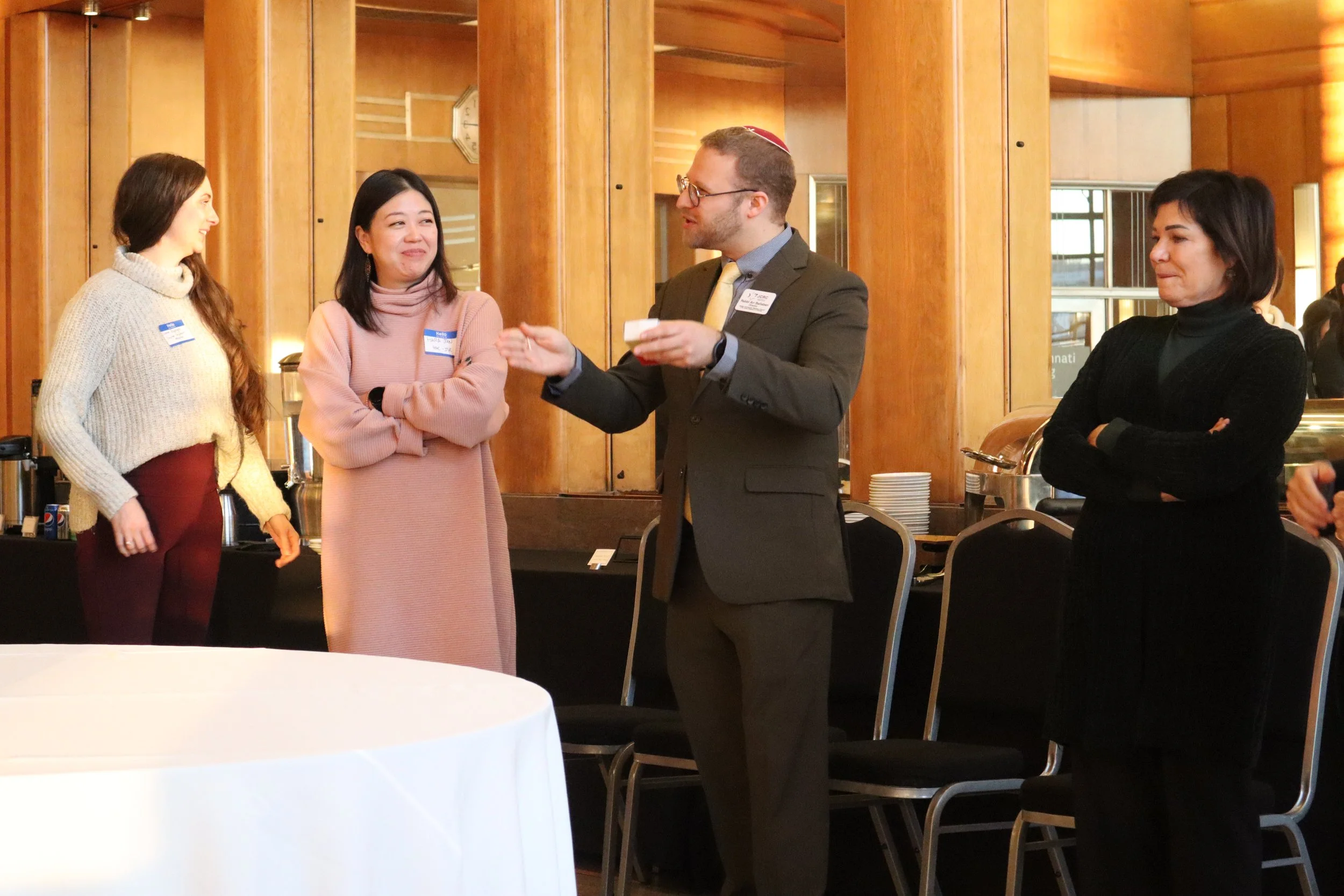Embracing the Liminal (Temple Beth Or)
Liminality—though some consider this word needless jargon, I suspect it nevertheless is a favorite of many rabbis (though Rabbi Chessin prefers “bifurcation!”) This densely descriptive term is one that people who study religion love to love, because it enables them to name an important type of experience that crosses boundaries of culture, time, and place. But what does it mean, and what is it all about? Perhaps more importantly, allow me to answer: Why should you care about noticing the liminal?
Though he didn’t coin the term (that distinction goes to Arnold van Gennep), Victor Turner, a famous 20th-century anthropologist, was instrumental in developing the idea behind it. He used it in studies of communal rites of passage. As he observed, there are particularly fraught times in most cultures when people transition from one part of their lives to another. These marginal moments in life define us; if we want to use the technical term for them, we call them liminal.
Even if people in a culture aren’t explicitly conscious of experiencing something liminal, they (the moments) tend to be precarious for those who navigate them. When we traverse a liminal juncture, we cross a threshold from one part of our lives into another. When boys and girls have b’nai mitzvah, they start the process as children and finish it as adults. When adults get married, they start their wedding ceremonies as unmarried individuals and finish as newly wed unions.
Focusing on liminality leads us to ask: What happens in between the beginning and the end of processes like these? What happens, for instance, if a ceremony or rite of passage somehow goes awry or isn’t completed…does the child technically not become an adult? Do the adults not become married? Liminality is about transitions, and studying it reminds us that our lives in many ways are more affected by the processes of the transformations we undergo than by any longer-term status a transition is meant to enact.
If we look around us in the world, we can see the liminal everywhere, both inside and outside of the realm of religion. As we begin 2019, we may notice an extra measure of liminality around us. The new class of congress? The way they settle into their new roles—whether, for those that are returning, into a new status quo, or, for those that are newly elected, into an entirely new reality—will set the tone for many coming years of politics. A new tax year? At this time, in this transitional moment, we make choices that are likely to affect us long into the future. The importance of the liminal is even apparent as we consider the general spirit of how we mark a “new year” in Western culture. As many of us set new year’s resolutions, we simultaneously confront the progress (or the lack thereof) that we made on self-imposed vows in the past year and, likewise, ponder how we might strive to change course in the year to come. These experiences are nothing if not liminal; by virtue of their boundary-crossing nature, they are both precarious and potent.
As you begin 2019, I encourage you to take time to think not just about what you hope to become in the coming year, but to consider how you hope to get there. Remember that the part of life that makes our stories most rich is not that which describes what we are—professional titles, family roles, ranks or social status—but the trajectory our lives take in attaining such distinctions. As the new year progresses and you make decisions for the future about what to do and who to be, be mindful of the liminal; it will help you set the tone for a good year to come!

